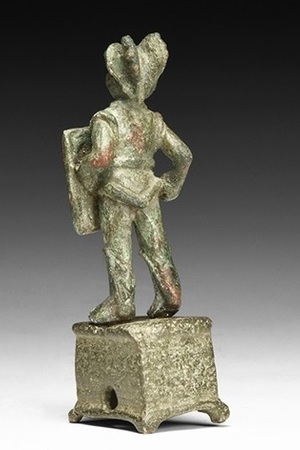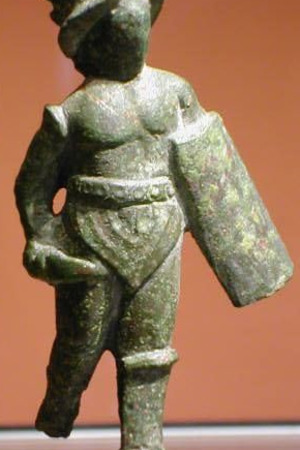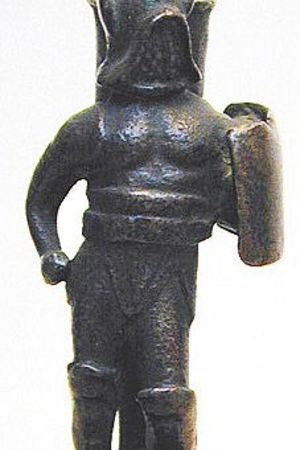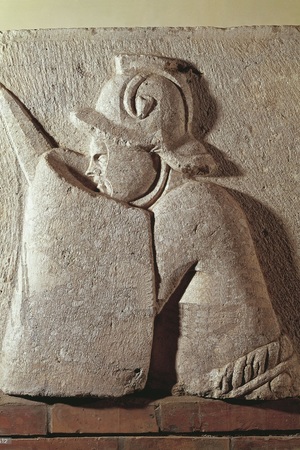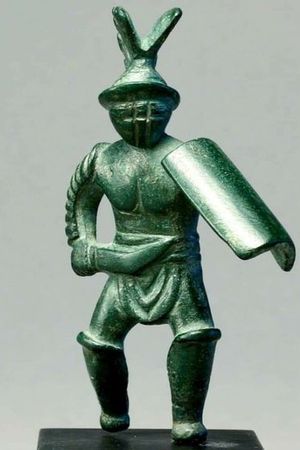Samnite - Gladiator
A Samnite (Latin: samnis) was an ancient Roman gladiator during the Republic, one of the most popular types of gladiators at the time. Originally, this term referred to gladiators who hailed from the peoples of the Italian Peninsula, specifically the region of Samnium, which was conquered by the Romans in the 3rd century BCE.
The Samnites were known as skilled warriors long before the Roman conquests. The Samnite Wars (343–290 BCE) were a series of conflicts between Rome and the Samnites, and their fierce resistance made them a symbol of valor and military prowess. After the final defeat of the Samnites, the Romans began using them as symbolic figures in gladiatorial games, which contributed to the popularity of Samnites as gladiators.
Gladiatorial fights featuring Samnites were held not only for entertainment but also to demonstrate Rome's military superiority. Samnite gladiators symbolized former enemies, adding dramatic and historical context to the fights.
The appearance of these gladiators partially inherited elements of traditional Samnite equipment. As with other gladiators, Samnites were required to wear a subligaculum and balteus. They wore a closed helmet that protected the face, with "winged crests" on the sides, which was the main distinguishing feature of Samnite attire. The gladiator's shield was either oval or rectangular, they wore greaves on their legs, protected their arms with manica, and used a gladius as their main weapon.
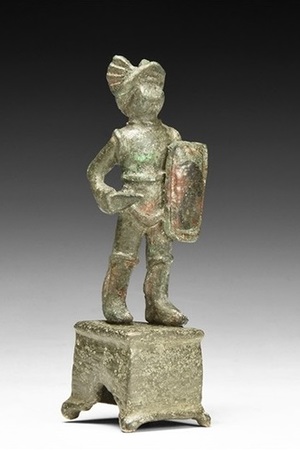 Bronze figurine of a Samnite. Sold to a private collection at an auction in London on May 23, 2017, lot 210. 1st century CE.
Bronze figurine of a Samnite. Sold to a private collection at an auction in London on May 23, 2017, lot 210. 1st century CE.Samnite Equipment:
- Gladiator helmet with wings
Traditionally, gladiators fought on sand, but when reconstructing the battle on a hard surface, it is recommended to use authentic shoes, such caligs.
The Samnites played an important role in gladiatorial games. Their fights were spectacular and popular among spectators. Samnites symbolized Rome's military victories and showcased the strength and valor of Roman warriors. Gladiatorial games featuring Samnites were held during various holidays and celebrations, including major state events and private festivities.
Samnite gladiatorial fights were brutal and spectacular, attracting large audiences. Samnite fights often included elements of symbolism and drama, emphasizing Rome's victory over its enemies.
Related topics
Gladiators, Ocrea, Manica, Sublicaculum, Balteus, Gladius, Samnite Wars

 Gallery
Gallery






